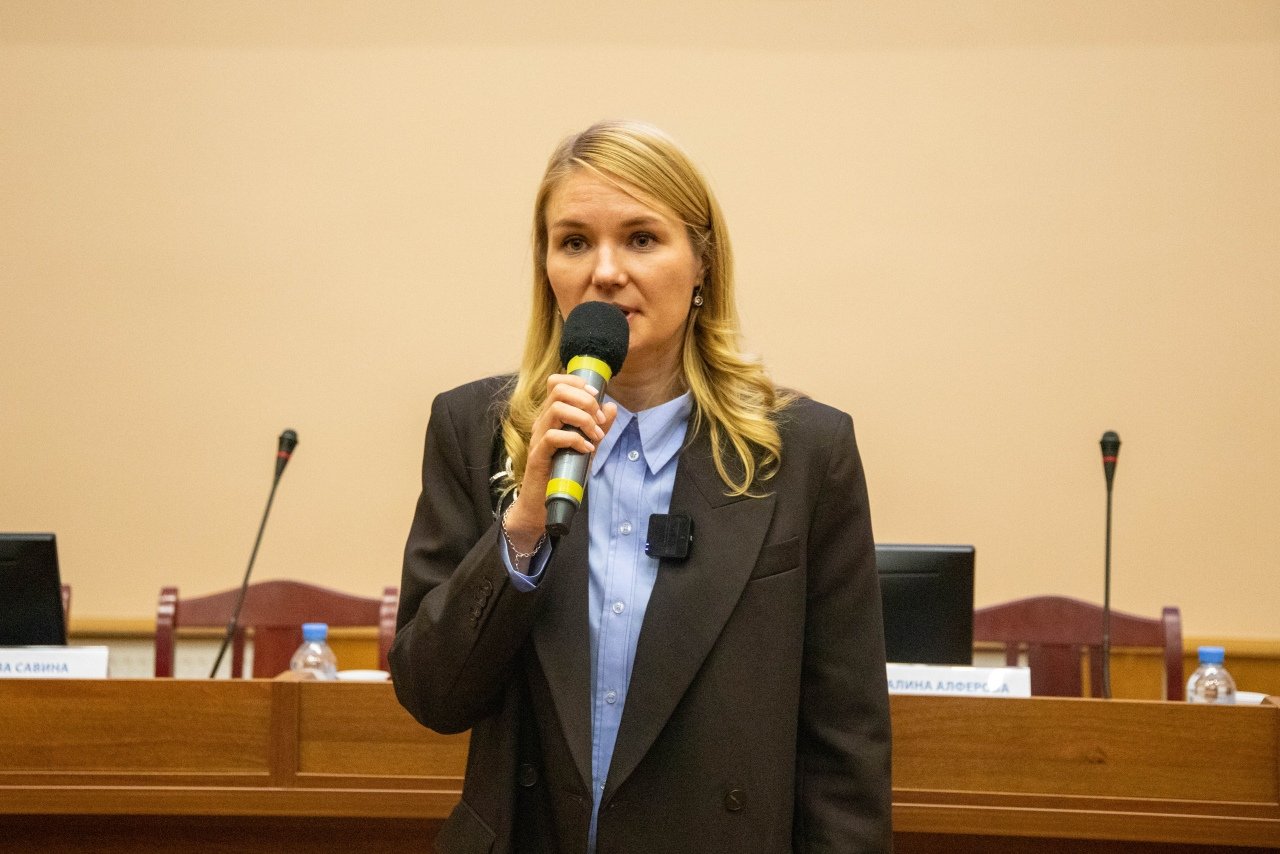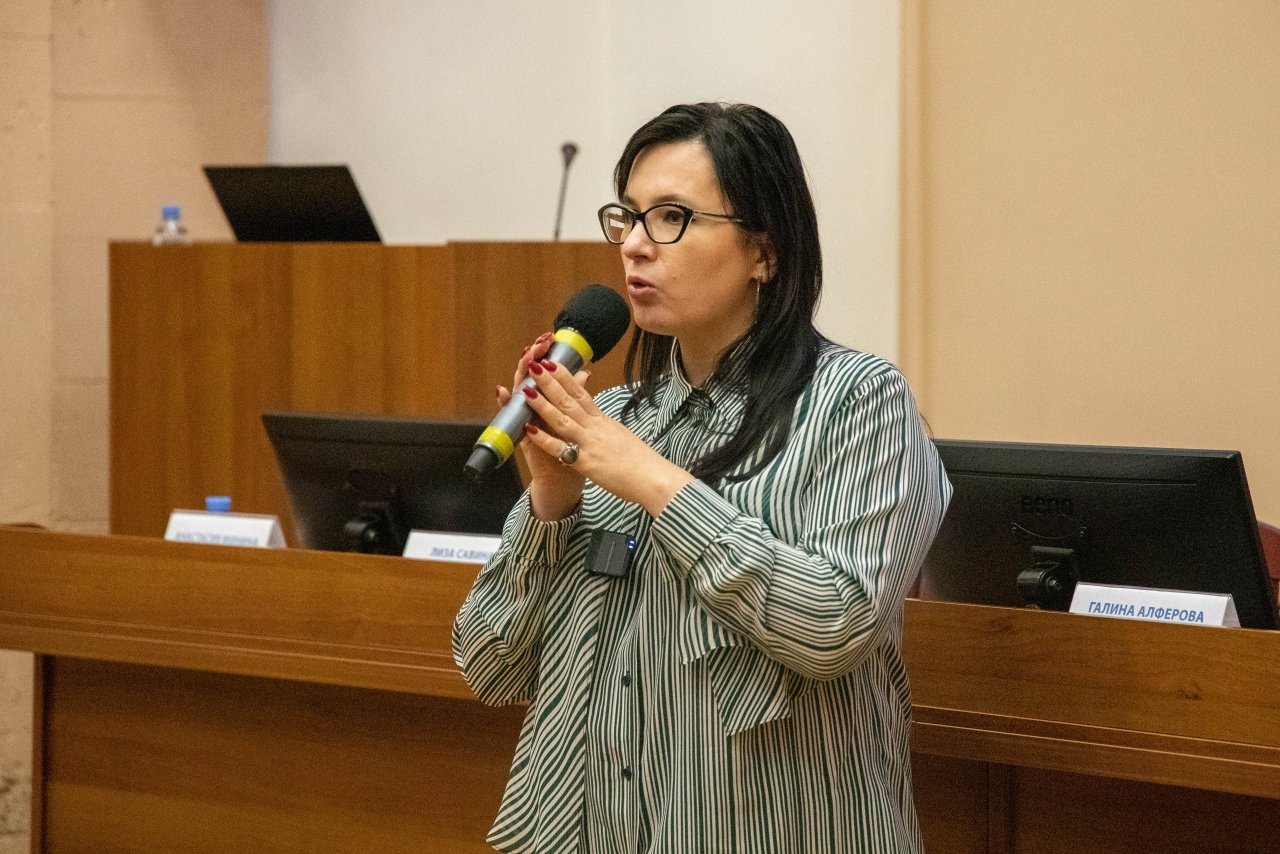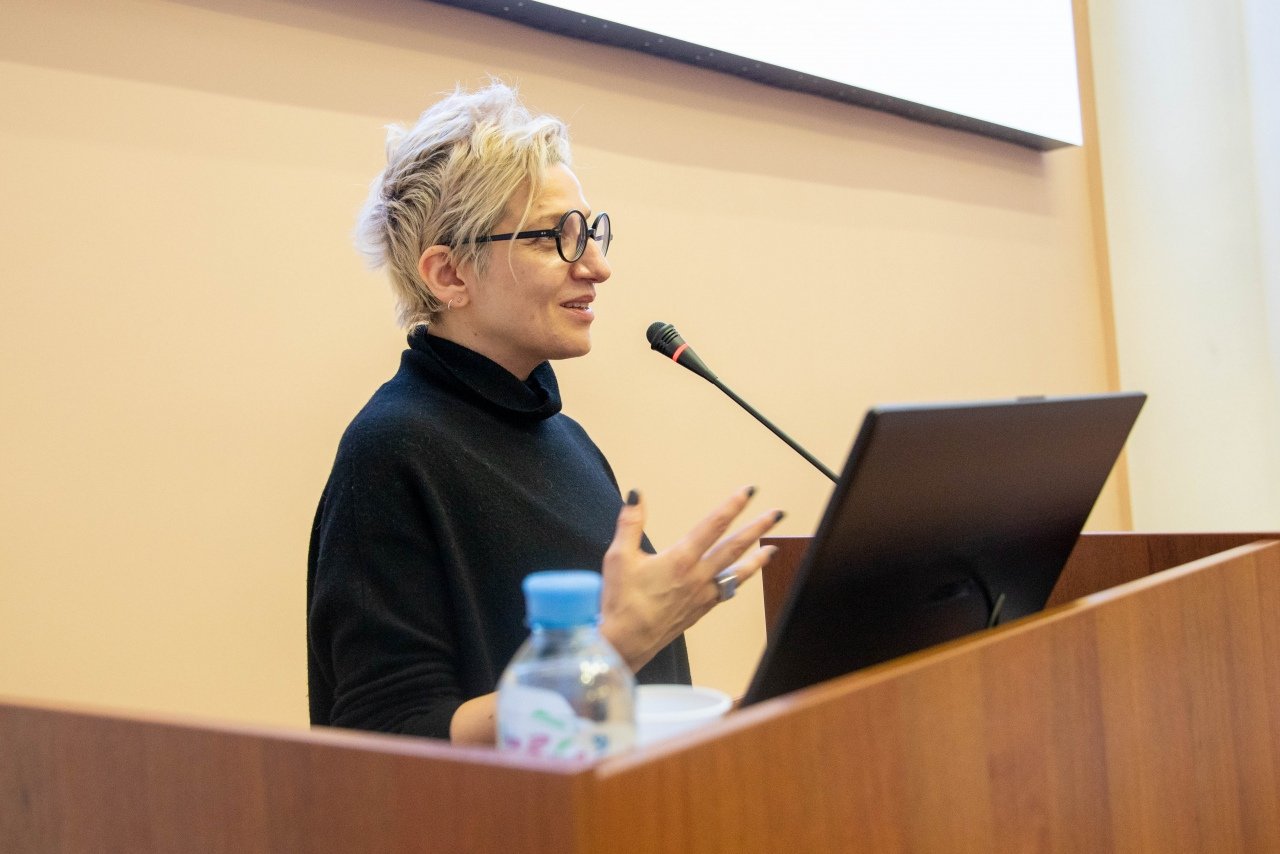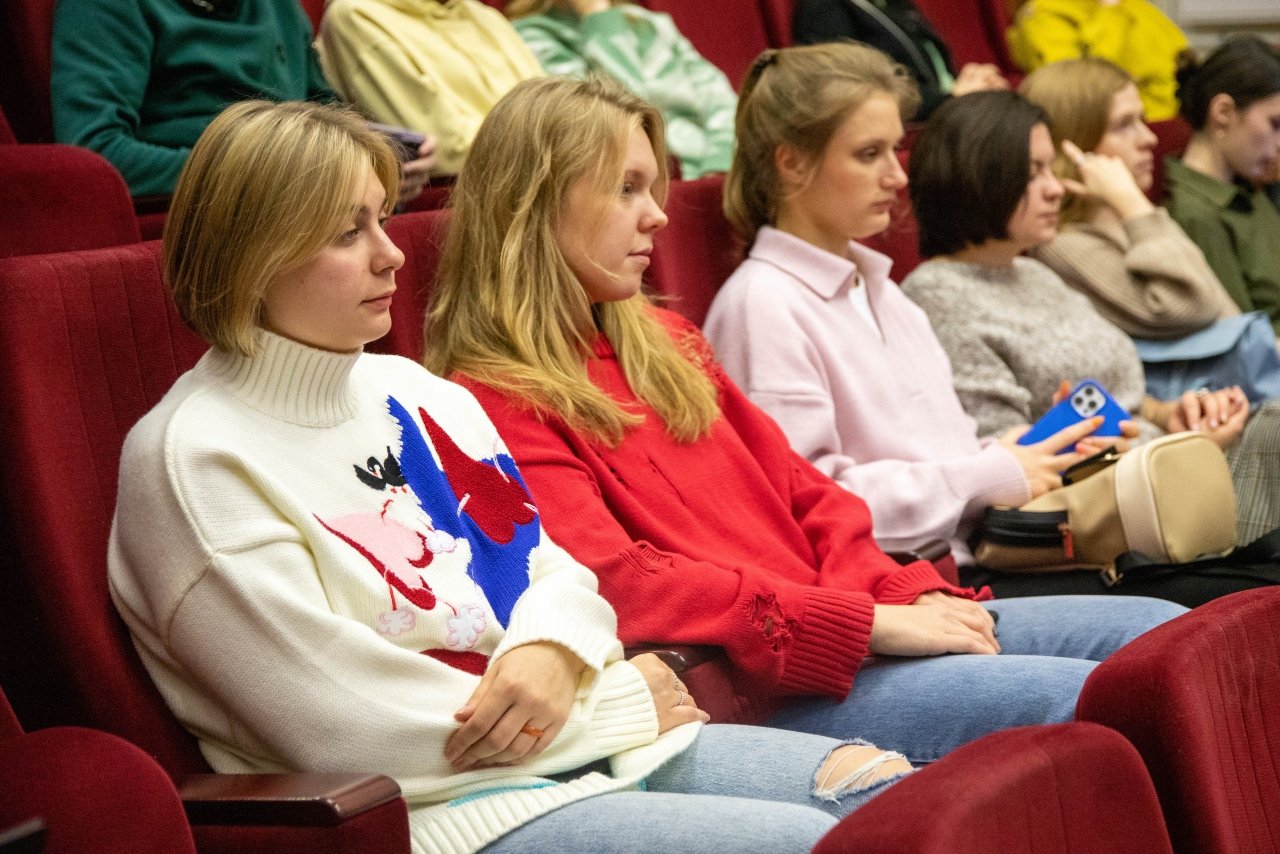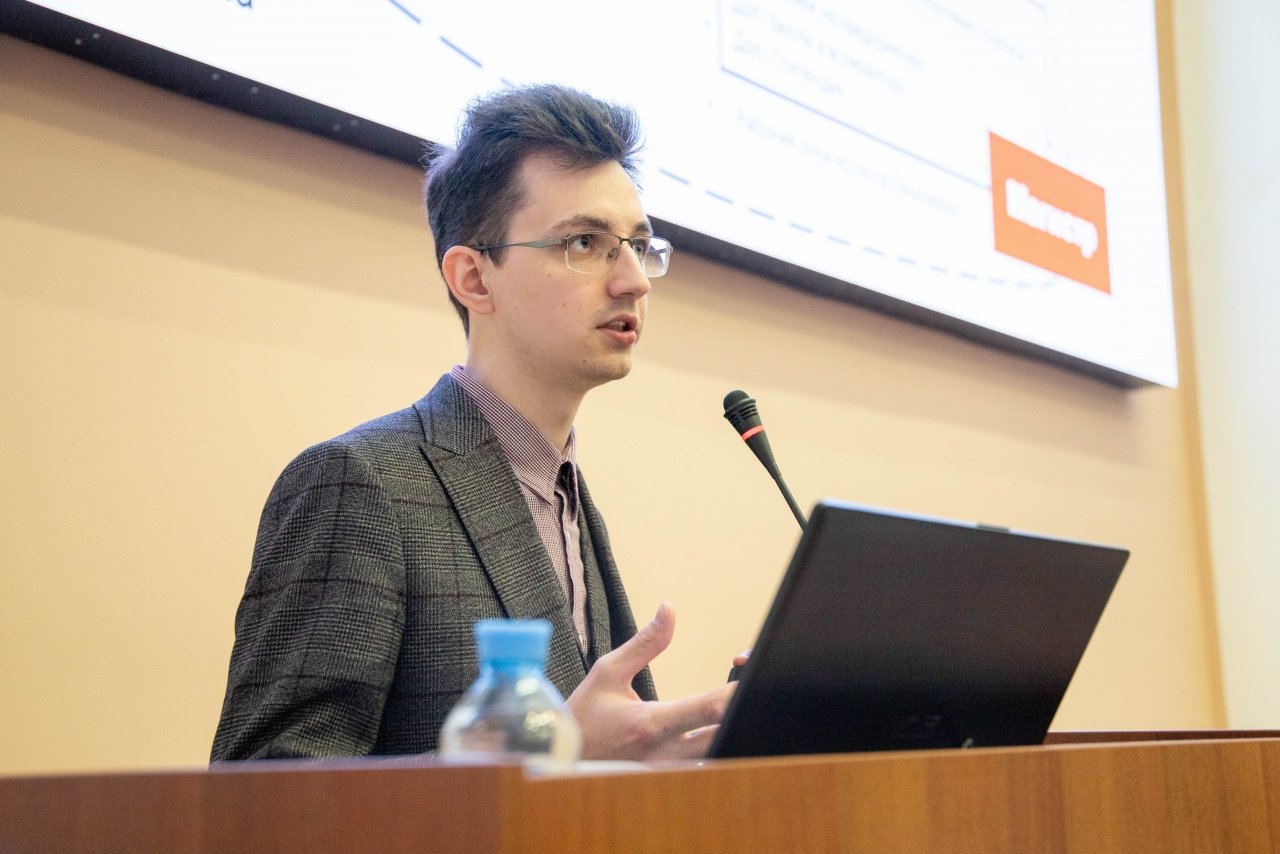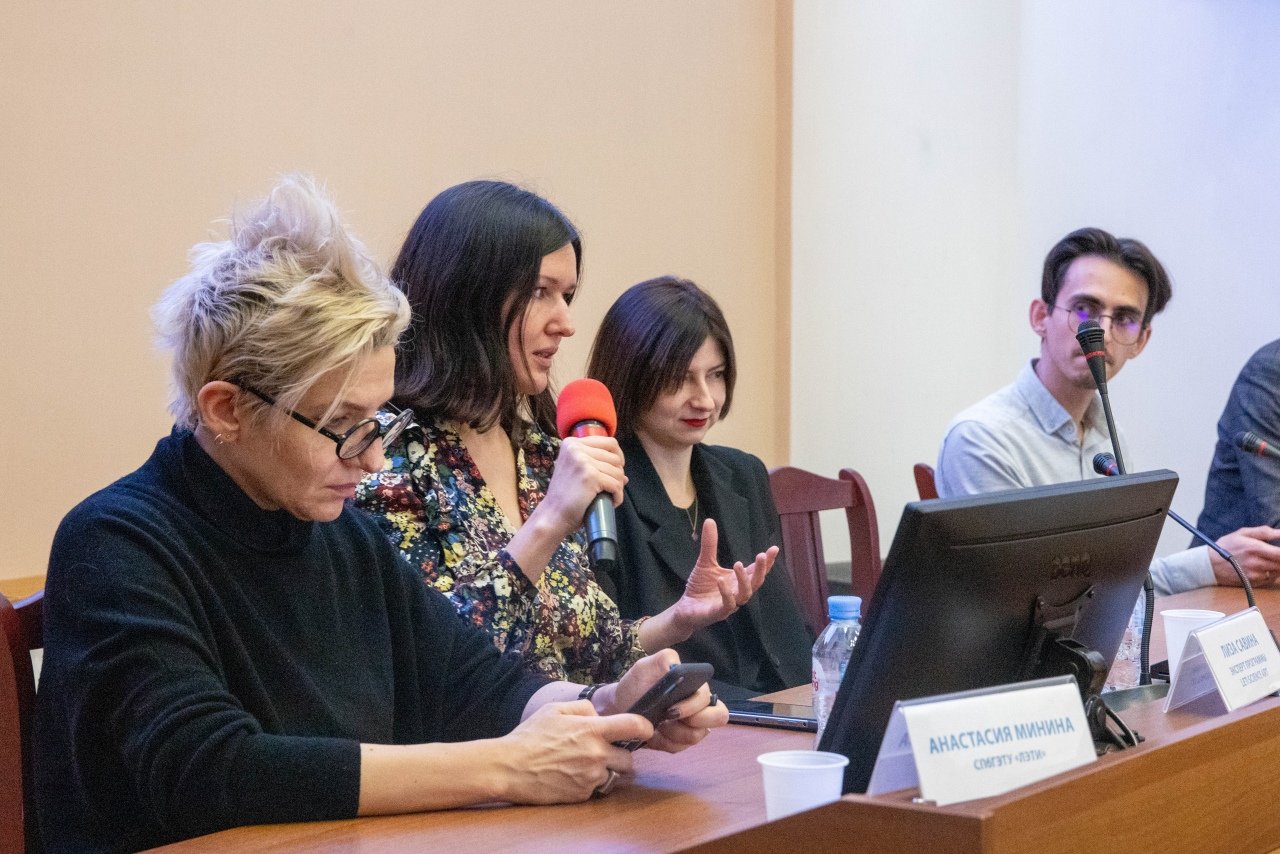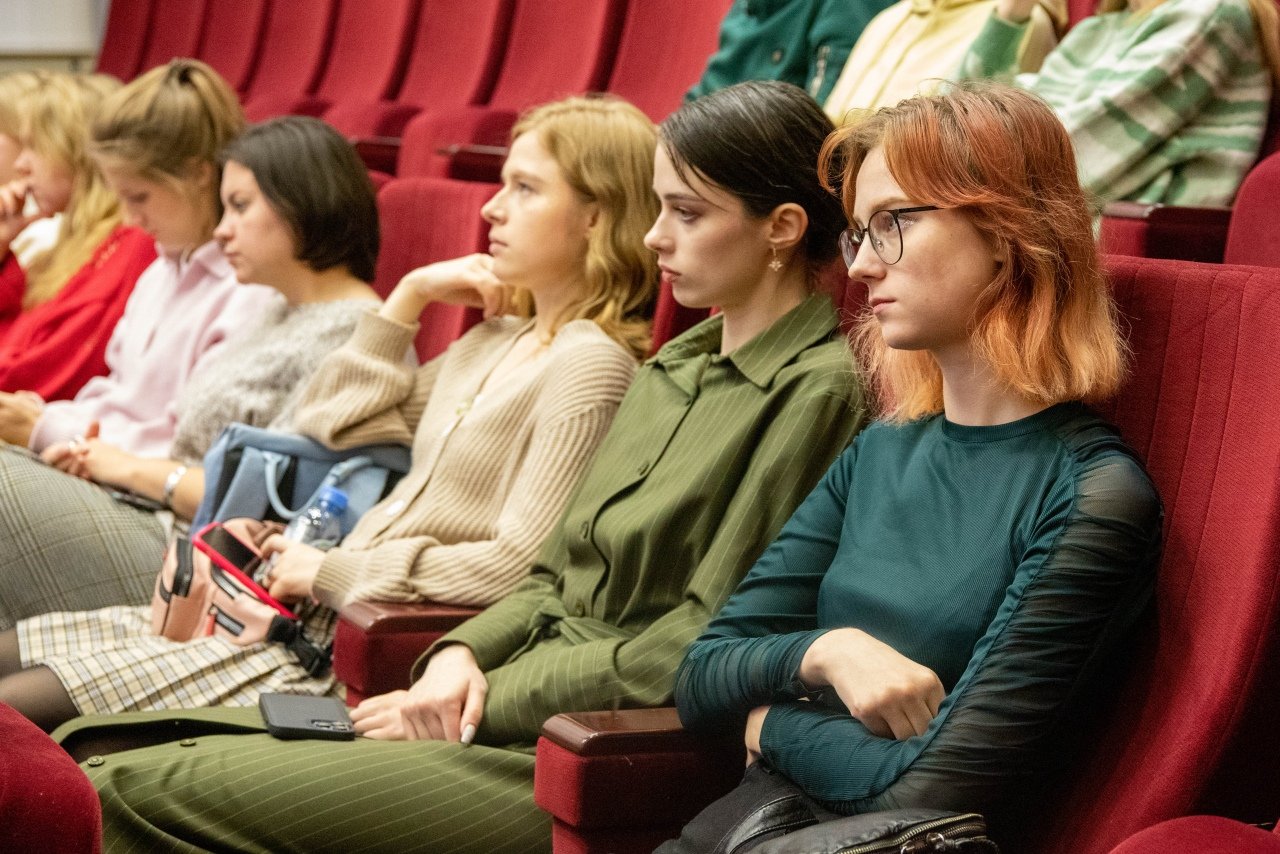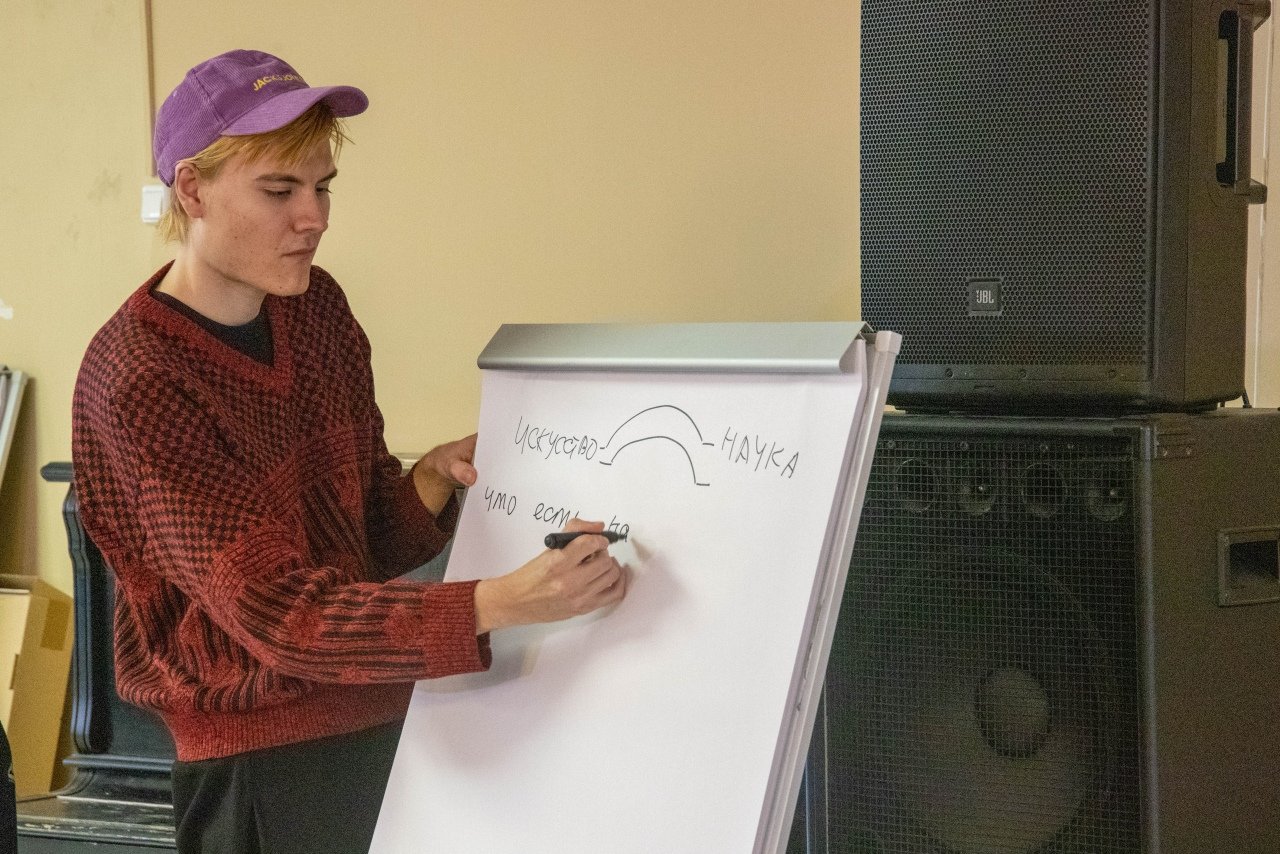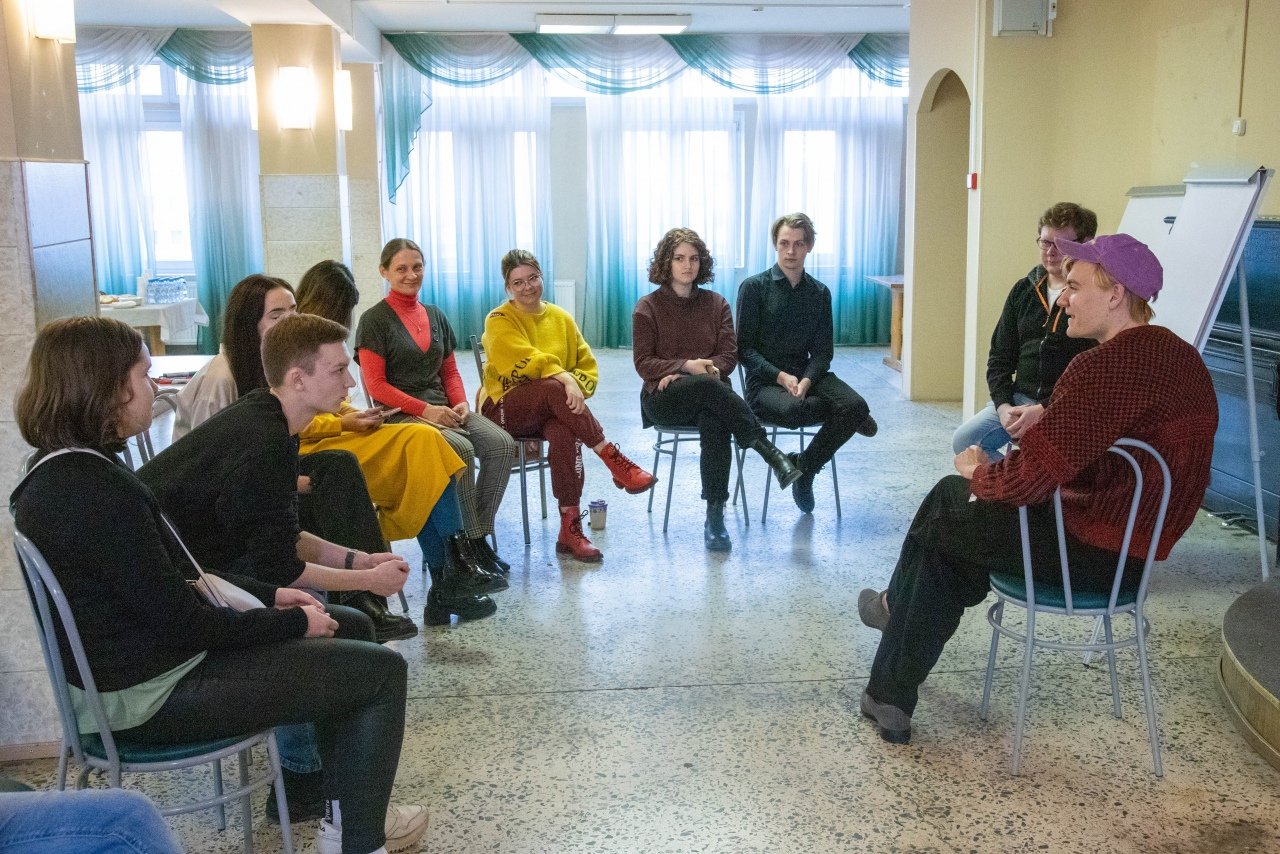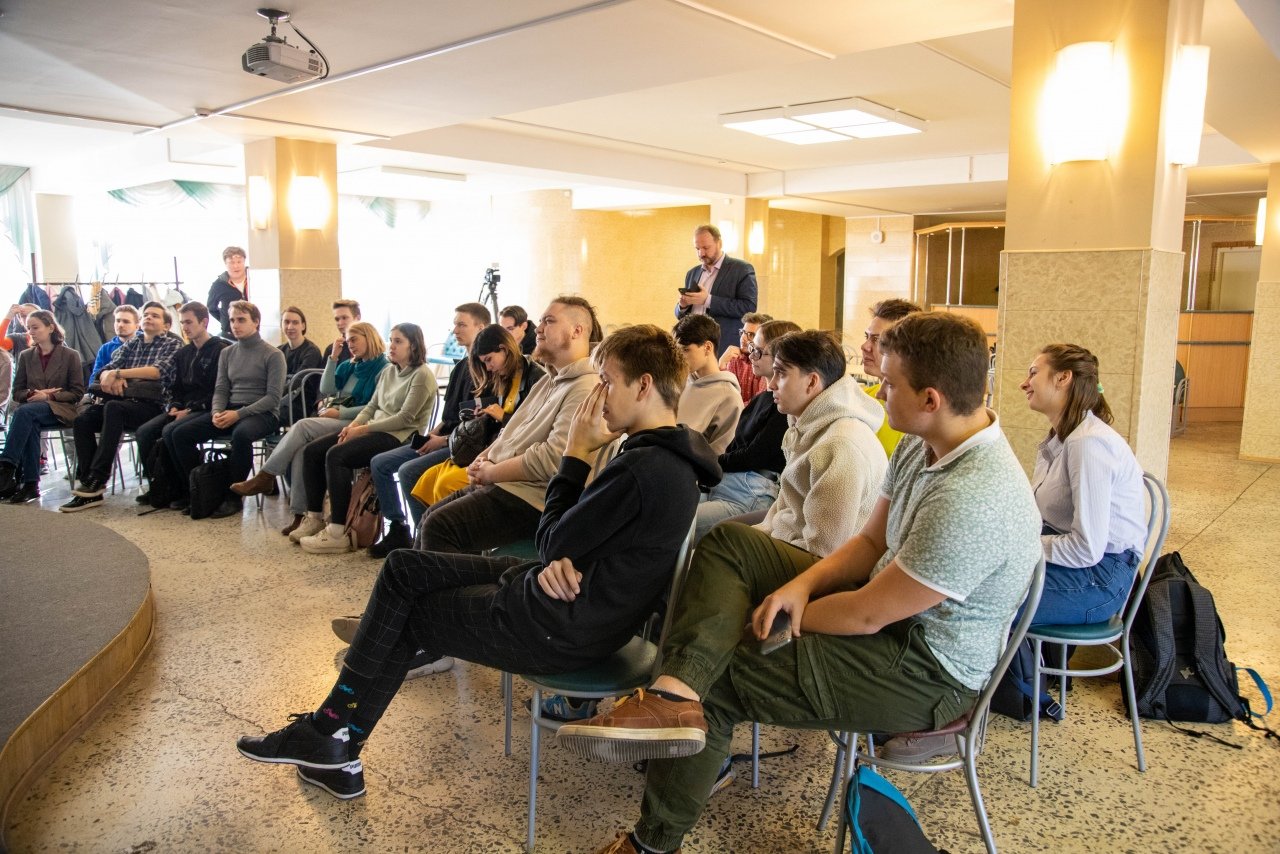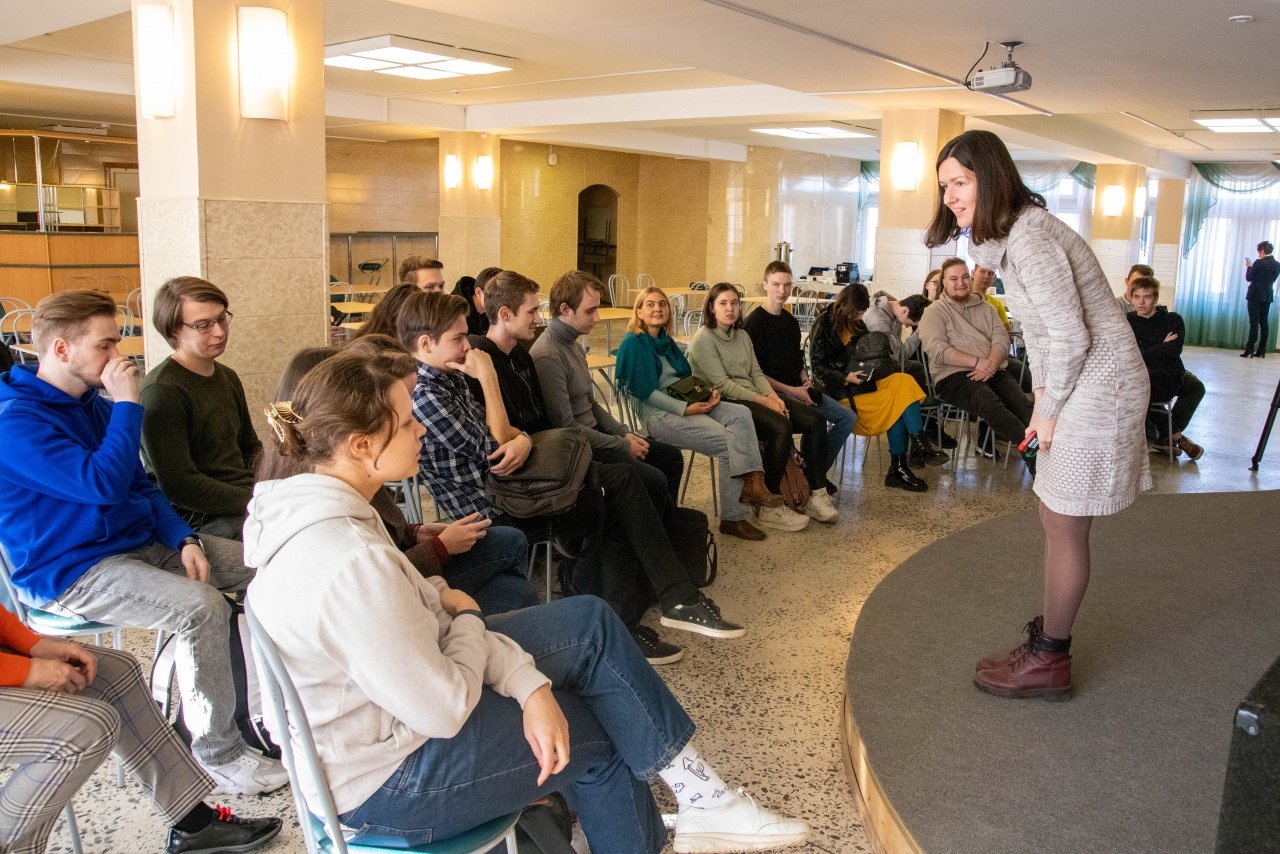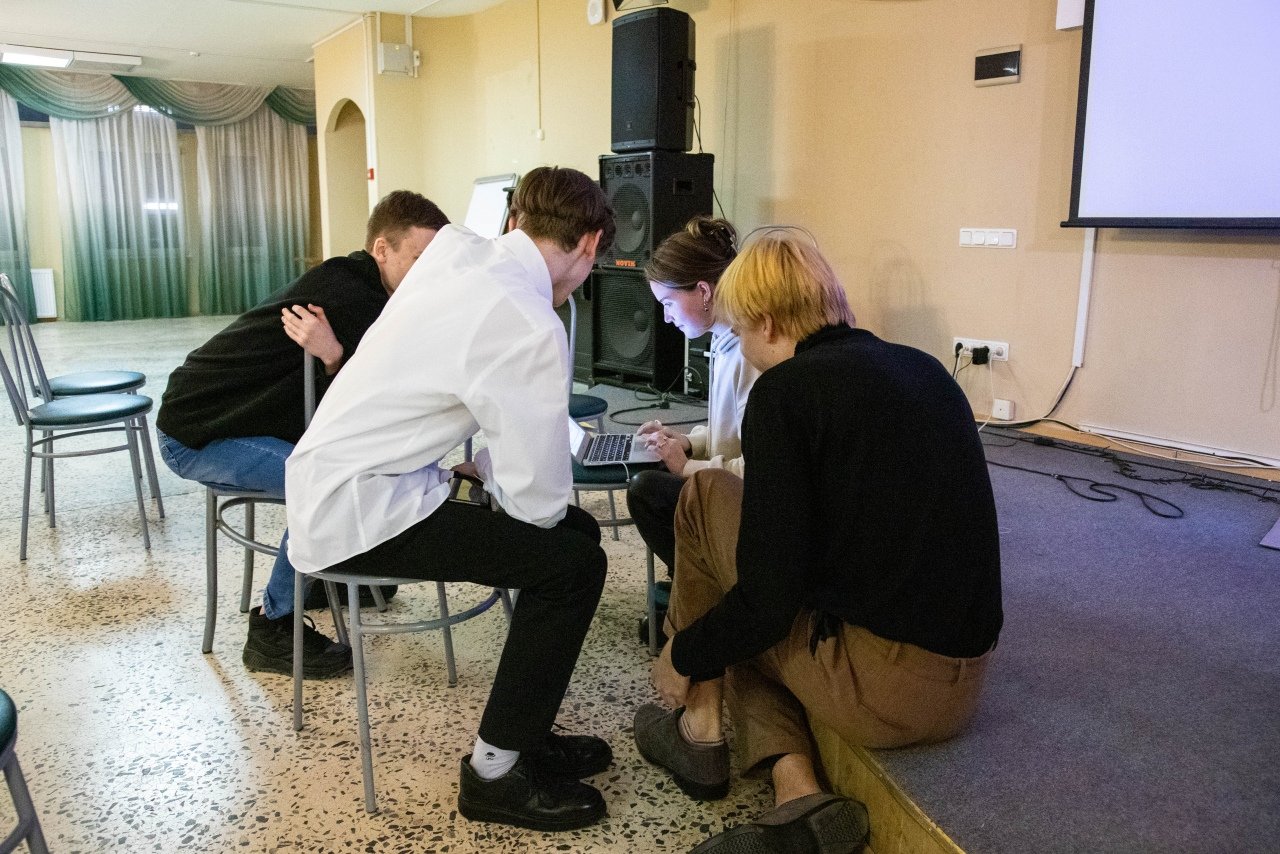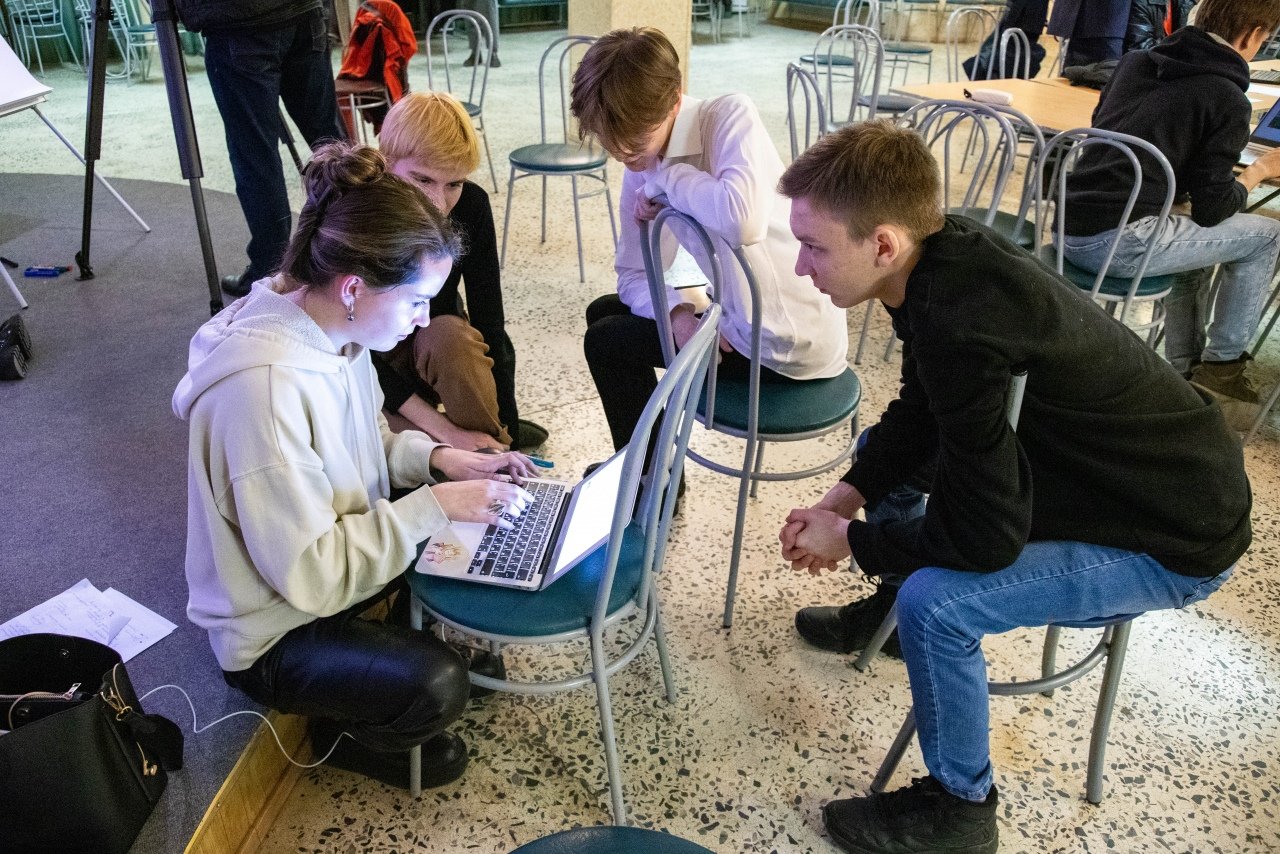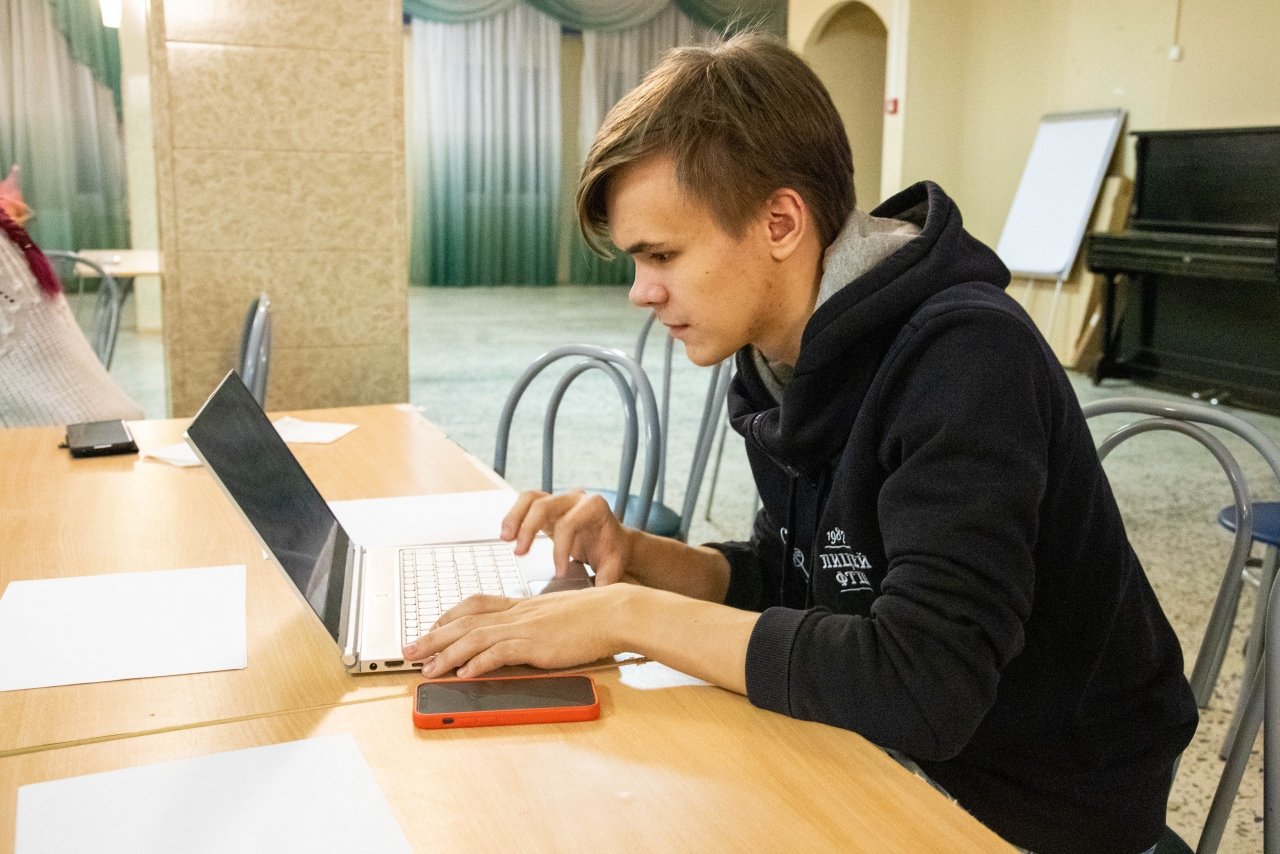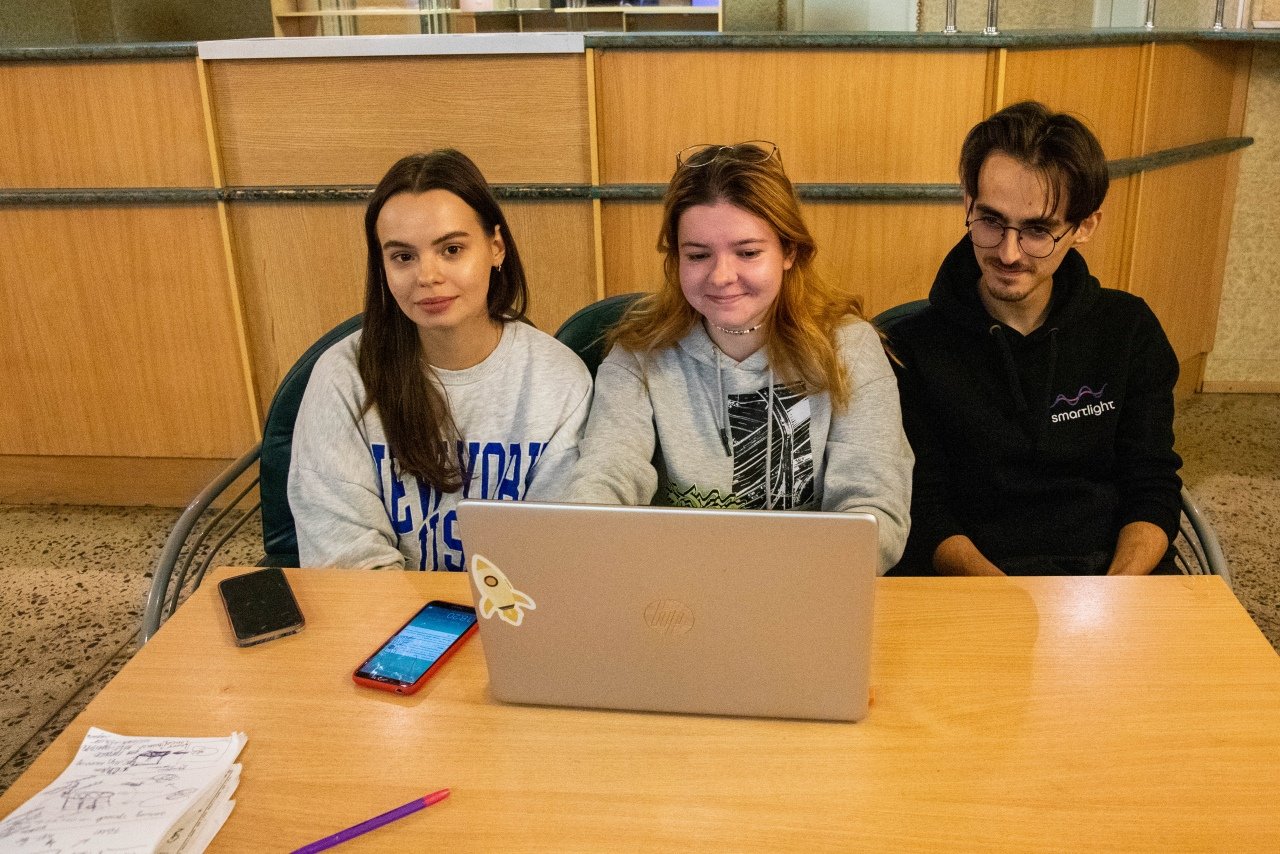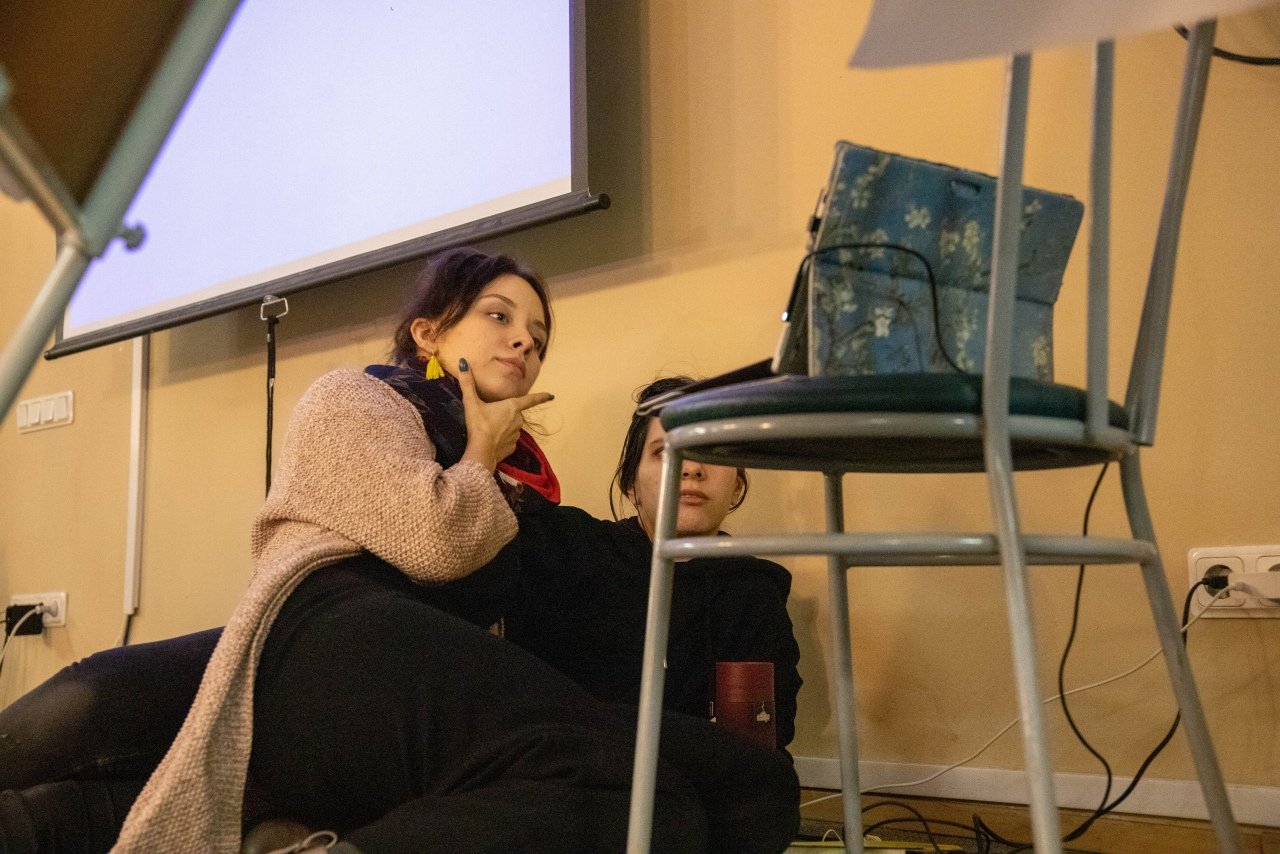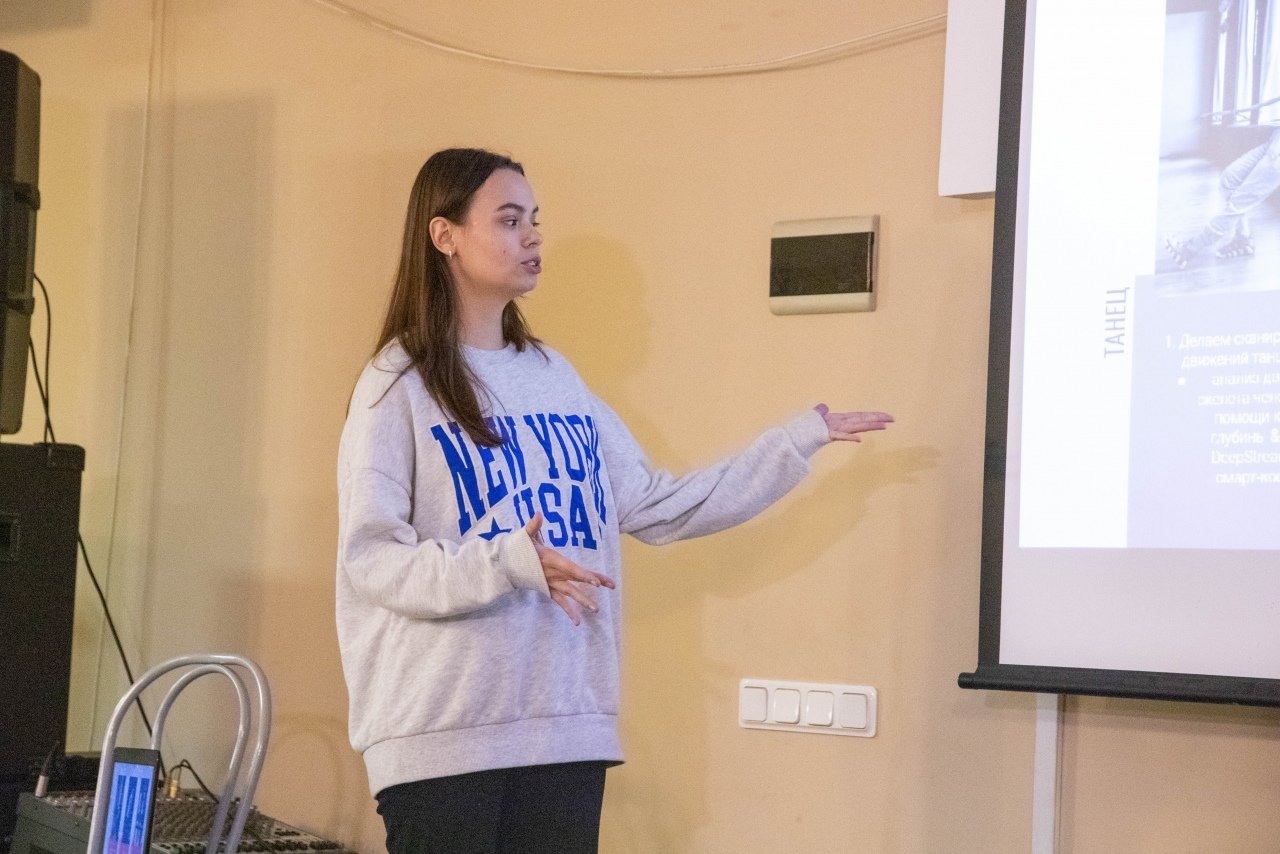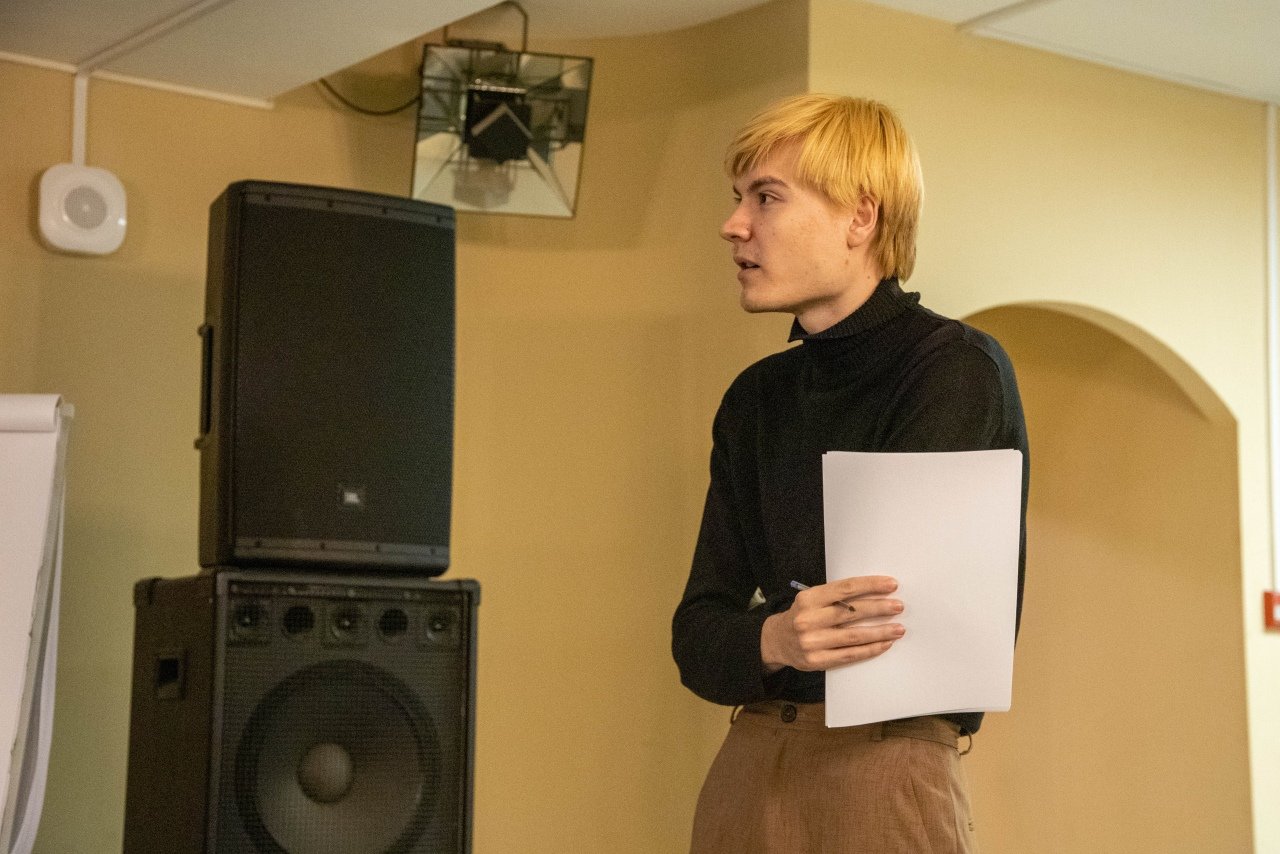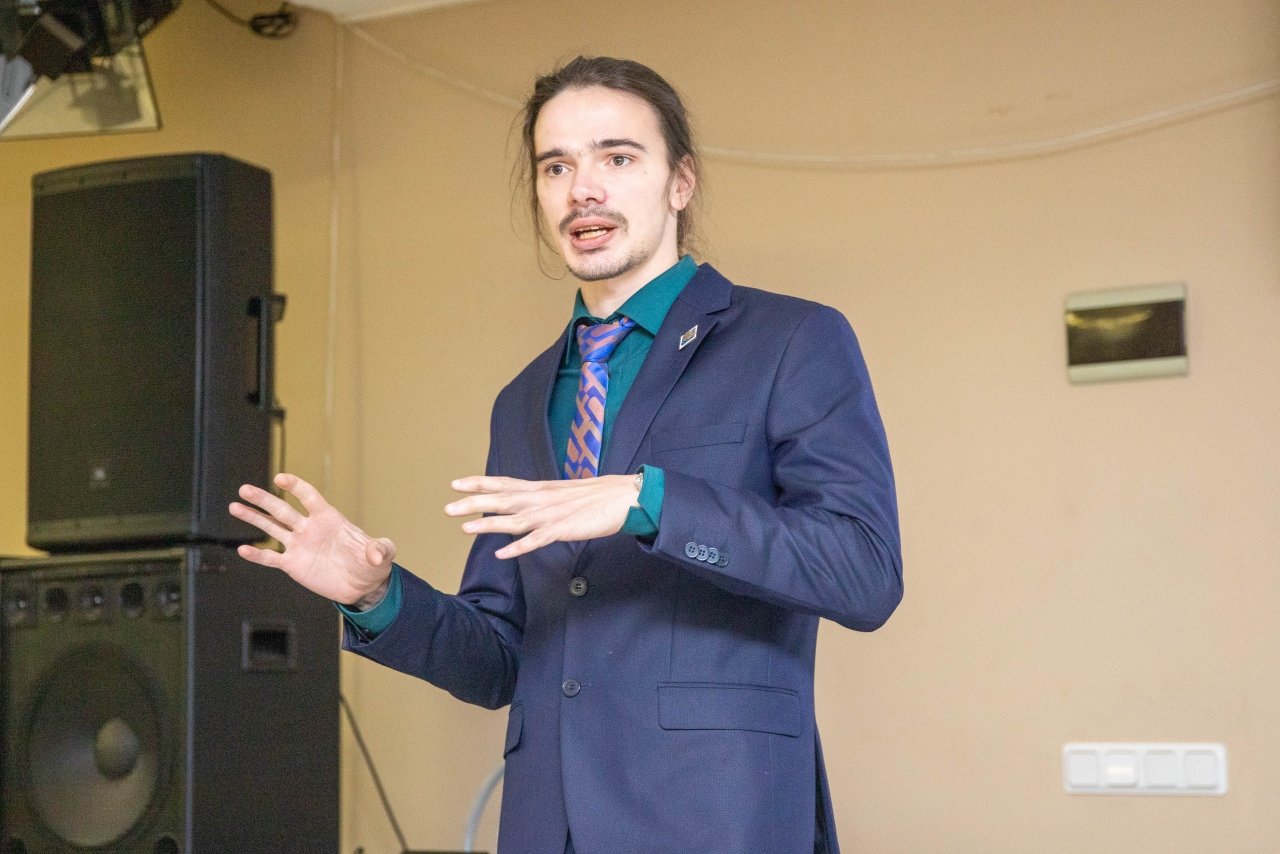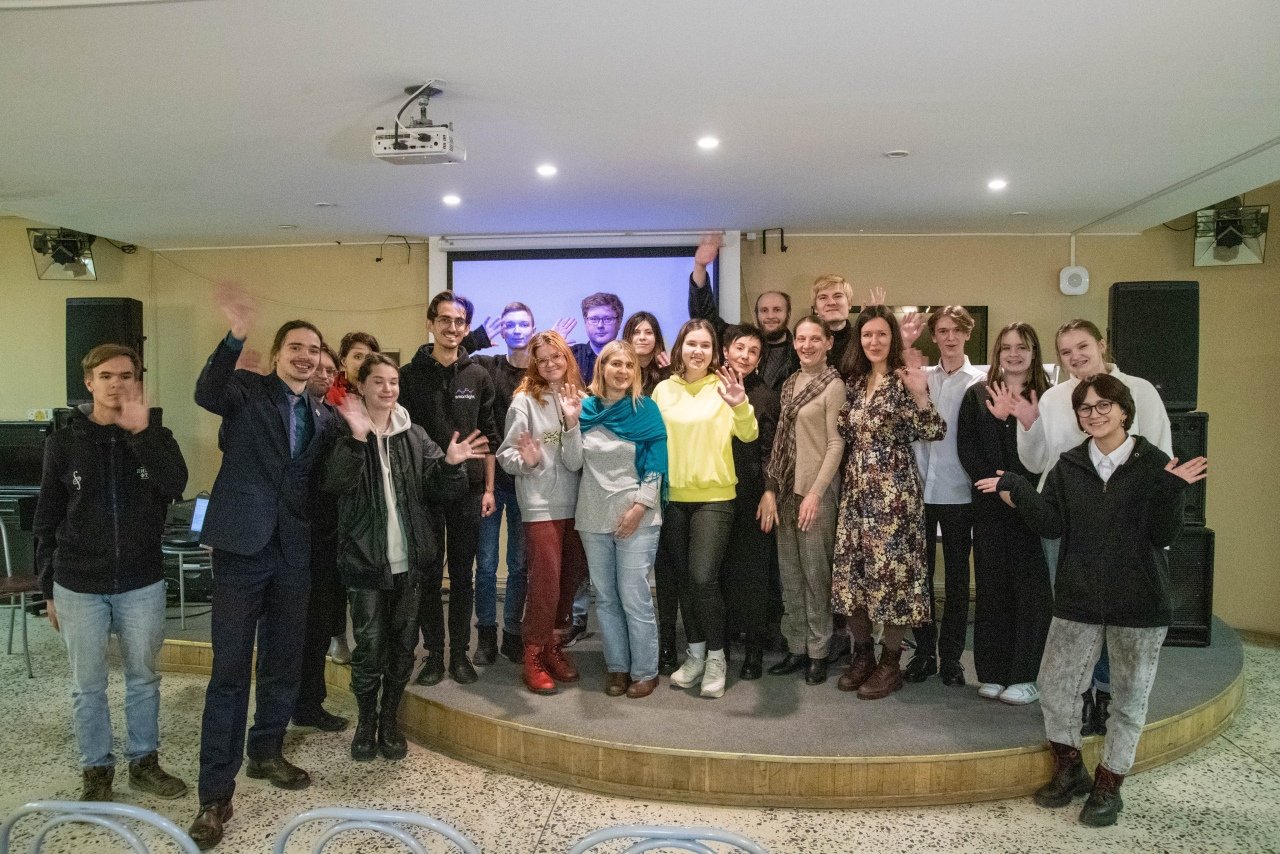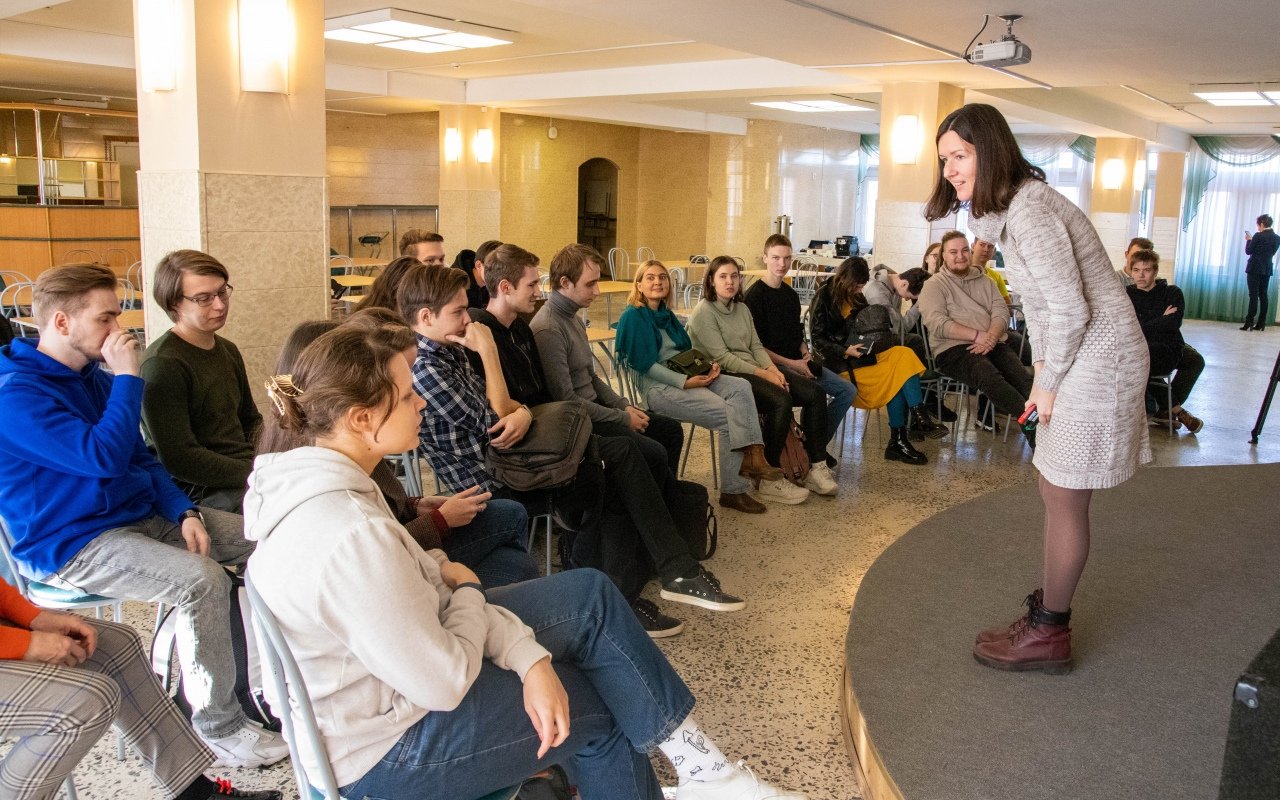
As part of the three-day Science Art track of the interdisciplinary LETI Inter Week, students of St. Petersburg universities were able to look at science through the eyes of artists and philosophers.
From October 24-26, the Science Art track of international interdisciplinary LETI Inter Week track was held at the university. Lectures and workshops within this track gave students an opportunity to open their research and creative potential by participating in the interdisciplinary projects.
The program started with a discussion with the leading experts of St. Petersburg in the field of Art & Science. Anastasia Minina, Vice-Rector for International Affairs of LETI, welcomed the participants.
“Art & Science is a new topic for LETI, and we are looking for ways to find better forms for it in the educational system of the university, connecting the unconnected – science and art – and attract new stakeholders to LETI. I hope that these three days of creativity will lead to new steps and the next round of development in this direction.”
Lisa Savina, a lecturer at the School of Design at the Higher School of Economics in St. Petersburg and co-founder of the Sparta Cultural Initiatives Foundation, reviewed the theme of science as a mode of communication explored in her project "The Measure of Chaos.” She spoke about current trends, important artists and the most interesting works in Art & Science, including the "monument to artificial intelligence" LETIBIT. Ilya Shalashov, the author of this technological installation, was one of the experts at the three-day school.
Dmitry Shevchenko, Head of the CDIO Lab at LETI presented the implementation of the CDIO (Conceive-Design-Implement-Operate) concept at the university. The laboratory, which allows students to realize their creative ideas, will soon open its doors in a new space and with new opportunities.
The main idea of the report by Danil Logvinenko, the leading technical specialist of SmartLight Company, was that the creative industries lack qualified engineers, whose role in producing projects is very important. The speaker told about the combination of art and technical approaches in creating shows and interactive installations.
Anastasia Skvortsova, a coordinator of educational projects at the Hermitage Youth Center, gave an overview of the works that technological artists created in response to environmental problems.
A continuation of the track was the three-day Nautilus 4.0 school, in which interdisciplinary groups developed research-based art projects. Galina Alferova, an interdisciplinary artist and curator of educational projects in Art & Science, coordinated the program.
"It's nice to see the familiar faces of the participants in our summer school, a test phase in student environment. It is you who will be creating our future. The time for narrow-disciplinary projects is passing; we need to learn to think broadly and collectively. Science Art is, above all, about creating a space for communication and a new type of thinking - non-individual.”
On the first day, participants listened to lectures on what should be taken into account when working on art projects, solved tasks to awaken creativity and thought over technological solutions for specific tasks.
The second day began with a game on combining technologies, competencies of the participants and exhibition techniques, the purpose of which was to shift the usual angle of view, finding approaches for alternative applications of technologies. The game resulted in 30 pilot project ideas, and after discussion and voting, the 7 best ones were chosen, on which the participants began to work in project groups. Experts from different fields worked with each of the groups in turn, discussing ideas and technical possibilities for implementing the projects.
On October 26, the results of the school were summed up. The participants made presentations of their projects, and Ilya Kronchev-Ivanov, an art historian and curator, evaluated them and gave recommendations for improvement.
The experts' favorites were three projects. "Dance - Music of the Senses" involves a performance in which a dancer creates unique music with the help of neural network algorithms. The idea of Lilia-Darja Stefankova and Ksenia Demina is to change the mode of dance from external to internal.
"A huge advantage of this program is that it was really interdisciplinary. Not only theoreticians, but also practitioners from various fields gathered here. It was a pleasure to talk to them, because it was a completely new perspective on our projects. We learned a lot about projects that we would never have seen in our own environment. It's a delightful cultural exchange that wouldn't have happened at any other institution."
Tatiana Zachepilo and Elizaveta Stikheeva's project explores the psychophysiological boundaries of people. Algorithms analyze their movements and display a new projection devoid of social superstructures. LETI students Ksenia Demina, Kirill Shirokov, and Elizaveta Belenikina are studying interspecies communication and trying to transfer the experience of bee communication to humans by means of vibration.
The teams will continue to work on interdisciplinary projects and their implementation. The results are scheduled to be presented in 2023.
